Have you ever wondered why surfers almost always seem to be in a wetsuit?
Surely it is constricting when it comes to movement, and not to mention it makes you look a little more like a seal than is ideal.
Wetsuits have two main purposes when it comes to surfing (and other water sports such as diving): protection and warmth.
Although there are only two main purposes of a wetsuit, these categories can be broken down into more specifics, which can help you decide if you need a wetsuit before entering the water.
- What are the Benefits of Wearing a Wetsuit When Surfing?
- When Should I Wear a Wetsuit for Surfing?
- When Is It Ok to Surf Without a Wetsuit?
- Why Do Some Surfers Prefer Surfing Without a Wetsuit?
- What Are the Cons of Surfing Without a Wetsuit?
- 4 Tips for Surfing Without a Wetsuit
- What Alternatives to Wetsuits Are There?
- 3 Recommendable Surfing Wetsuits
- Conclusion
- You Might Also Like…
Disclosure: this post contains affiliate links (clearly marked with ), which means we may earn a commission if you buy something through them, at no additional cost to you.
What are the Benefits of Wearing a Wetsuit When Surfing?
In most cases, it is always better to opt for a wetsuit than not.
Some of the benefits include:
1. Warmth
Our bodies lose heat 25 – 30 times faster in water than they do on land.
This means that even in 30°C water you will eventually start to feel the cold.
Wearing a wetsuit will allow you to stay warmer for longer, and therefore expand your surfing time.
In some cases, the water may be too cold to enter without a wetsuit, in which case a thick wetsuit (5mm +) may be the only option.
2. Protection from the ocean floor
Particularly when surfing over a rocky bottom or coral reef, a wetsuit can be like body armor.
Coral is extremely sharp and will leave you with a nasty infection.
Wearing a wetsuit in these conditions, even if the water is warm, will provide some protection from the cheese grating ocean floor.
3. Protection from sea life
Although a wetsuit will do nothing for you in the extremely unlikely chance of a shark attack, it will protect you from the more likely sea creatures such as jellyfish, bluebottles, and sea lice.
Because all these animals have very small stinging particles, they will not be able to penetrate the neoprene (the rubber of which wetsuits are made).
It is, however, important to remember that your feet, hands, and face are still exposed, so it is an unwise idea to enter a jellyfish-infested wave break.
4. Protection from the sun
The sun can be just as dangerous as ocean life and the freezing water.
It is likely you have experienced a great day on the beach, only to come home a few hours later in agonizing pain from sunburn.
When surfing, the reflection from the water can increase the amount of UV that hits your skin.
Not to mention how the seawater will dehydrate you fast enough without the sun’s added help.
Wearing a wetsuit is like wearing an impenetrable sunscreen that never washes off.
5. Protection from your surfboard
If you are familiar with the dangers of surfing, then you will know that most surfing injuries come from surfboards, and not the ocean itself.
Although a wetsuit will not protect you from a knock on the head and possibly a surfing-related concussion, it will protect you from those razor-sharp fins.
6. Removes the chance of board rash
Surfboard rash, also known as wax chafing, is caused by the salt in the seawater and the continuous rubbing of skin on the rough wax.
A wetsuit puts a layer between your skin and the wax, therefore removing the risk.
7. Helps with buoyancy
Wetsuits are more buoyant than our bodies. This simply means that a wetsuit will help you float.
This is particularly helpful when taking a hard beating which leaves you low on energy when you resurface.
When Should I Wear a Wetsuit for Surfing?
If you are wondering when you should be wearing a wetsuit for surfing, the easiest answer is that if you are not sure, always wear one.
Of course, there are times where wetsuits are not necessary.
However, having a wetsuit and not needing it will almost always be better than not having one and needing it.
So when is it important to wear a wetsuit?
- When the water temperatures are either too cold to stay comfortable for an hour or more, or when you plan on having a long surf session, it is a good time to wear a wetsuit.
Surfing should be fun and comfortable. This will not be the case if you are freezing.
- If you are surfing over a hard ocean floor. As mentioned, even if the water is warm, the ocean floor can do some real damage.
This is particularly true when surfing over a shallow reef.
- When there is a high risk of sea life. If your surf destination is known for jellyfish or other sea life (such as surfing in Florida) then it is better to use a wetsuit as a safety precaution.
- If other surfers are wearing a wetsuit it is always a good idea to do the same. Even if the water is warm, the locals may know something that you do not.
Following what the other surfers in the water are doing is a good idea when it comes to safety in the water.
- If you are not a strong swimmer, it is never a good idea to go surfing.
However, wearing a thick wetsuit when you can swim but are not a strong swimmer will allow you to put less effort into staying afloat and therefore help you conserve energy.
This is particularly true when surfing larger waves, whether you are a world-class swimmer or not.
When Is It Ok to Surf Without a Wetsuit?
So if it is almost always better to wear a wetsuit, when is it okay to not use one?
The only time you should consider not using a wetsuit is when you know the break that you will be surfing, along with all its risks.
If the water temperature is very warm, there is no risk of sea life, the water is clear, and the majority of surfers in the water are not using a wetsuit, then it is likely okay for you to do the same.
On a hot day, in warm water, wearing a wetsuit can cause you to overheat, which is uncomfortable, and in some cases just as dangerous as hypothermia.
It is important to maintain a steady body temperature to reduce the risk of heatstroke.
Even in these cases, it is still a good idea to wear a layer of protection such as a rash vest, which will protect you from the sun, as well as a board rash.
Why Do Some Surfers Prefer Surfing Without a Wetsuit?
There are three main reasons that surfers will prefer to surf without a wetsuit.
Freedom of movement, temperature regulation, and connection with the ocean.
1. Freedom of Movement
Wetsuits are made to be tight in order to trap water inside of them, which is what keeps you warm.
Because of this, they can feel very restricting.
As surfing is an extremely dynamic sport, the greater your ability to quickly move, the more efficient you will become.
Some surfers, particularly those that started surfing in warmer climates without wetsuits, will refuse to wear them whenever possible as they feel that they are not as free, or that it makes breathing harder.
2. Temperature Regulation
As horrible as it is to be freezing cold in the water, so is the experience of being too hot.
Surfing is a high-intensity workout and is likely to raise your body temperature.
Many surfers believe that if you are cold in the water then you are not working hard enough.
This is true to a point, but it is likely these surfers are not riding waves in 60°F / 15°C water.
3. Connection With the Ocean
Many surfers who see the sport as a way to connect with the ocean and nature find that using a wetsuit reduces this effect.
Similar to that, some people find shoes to separate them from the earth.
This, along with the benefits of cold water therapy, has created a class of surfers who choose to be cold for a time in order to experience everything the ocean has to offer.
What Are the Cons of Surfing Without a Wetsuit?
As we have already spoken about the advantages of wearing a wetsuit, the disadvantages of not wearing one are on the obvious side.
One point to note is that to sum up, the cons of not wearing a wetsuit comes down to comfort and safety.
Being comfortable in the water is important, and that includes the peace of mind from possible injuries.
Not wearing a wetsuit simply adds added stress onto the surf session such as possible stings, cuts, the extra effort to stay afloat, and constant temperature regulation.
4 Tips for Surfing Without a Wetsuit
Just because using a wetsuit is recommended, it is not always necessary, and sometimes, as is with warm water surfing, can do more harm than good.
So if you are going to go for a surf without that protective layer, here are a few tips that could help you along the way.
- Make sure you are comfortable with the water temperature for longer than you plan to surf.
If you plan on being in the water for an hour and begin to get cold 30 minutes in, the second half of your surf will not be very enjoyable.
Furthermore, if the waves are cranking, you do not want to have to leave the ocean because you are starting to freeze.
- Make sure you know what type of ocean floor you are surfing over.
As mentioned before, shallow reefs pose a high risk of deep cuts.
It is better to surf over a deep sandbank when not wearing a wetsuit.
- Always wear a rash vest.
A rash vest, also known as a second skin, is a thin shirt that will protect you from the sun, as well as prevent surfboard rash.
These vests will not keep you warm, but will provide some means of protection from the elements.
- Make sure you are a strong swimmer.
You may be confident in the water while surfing with a wetsuit, but be aware of how different your buoyancy will be when you are not wearing one.
It is a good idea to take a quick swim before paddling out, just to accustom yourself to the way your body feels in the water.
What Alternatives to Wetsuits Are There?
So the water is too warm for a full-length wetsuit.
But you do not want to surf with only your board shorts or bikini.
What options do you have?
In this case, you have three options, the first is using a thinner wetsuit, which of course is still a wetsuit.
The better alternatives are to use a rash vest or a wetsuit top.
Both the rash vest and wetsuit top only cover the torso and arms leaving your legs free.
These are great alternatives to protect your chest from the board and skin from the sun.
The wetsuit top is also ideal for surfing in water that is too warm for a wetsuit but too cold for no protection at all.
3 Recommendable Surfing Wetsuits
If you are looking to buy your first wetsuit, or perhaps feel it is time for an upgrade, the following are some highly recommended wetsuits.
It is, however, important to know that every surfer is individual, and some may need a thicker wetsuit in warmer water, or a thinner one in colder water.
Know your preferences and choose the style that best suits your body.
Warm Water Wetsuits
As mentioned above, in warm water it may be uncomfortable to wear a full wetsuit, that is why a wetsuit jacket is ideal.
For men, the Jacket style is a great choice.
For women, a boyleg wetsuit is ideal.
These warm water wetsuits are a perfect way to enjoy warm water while staying protected.
These Rip Curl jackets are perfect for water temperatures above 26°C.
Mid Temperature Wetsuits
When it comes to full-length wetsuits, not many brands stand out further than XCEL and Quiksilver.
In mid-temperature waters 18 – 25°C (64 – 77°F), a 3-2mm (3mm on the chest and 2mm on the arms and legs) wetsuit will provide enough insulation to keep you warm but not too much as to make you uncomfortably hot.
For the ladies, the XCEL comp is a great option.
This wetsuit is a top entry style that removes the hassle of trying to do up a back zip.
For the men, the Quiksilver Gbs wetsuit is the perfect top entry suit.
Cold Water Wetsuits
If you are surfing in the water below 18°C (64°F), you will most likely want to be wearing a thicker wetsuit.
Of course, the colder it gets, the thicker the wetsuit will need to be, but a 5-4mm suit is a good all-rounder.
XCEL, being perhaps the leaders in wetsuit designs, offers an array of cold water suites with attached hoods for when the water really gets chilly.
For men, the Drylock X is one of the best cold-water wetsuits on the market.
For women, the same Drylock suit is available, but in a 6-5mm thickness.
Conclusion
When deciding if you should wear a wetsuit or not, it is important to consider water temperature, the weather, as well as the possible hazards you may face in the water.
Choosing the correct wetsuit is important, as the wrong thickness will leave you too cold or too hot.
Either way, the wrong suit will give you a less than enjoyable experience in the water.
You Might Also Like…
-

Do Surfers Ride Switchfoot? 5 Benefits (& Why You Should Learn It)
-

Do Surfers Shave Their Legs? 5 Common Reasons (+Pros & Cons)
-

Do Surfers Wear Helmets? 8 Situations You Should Wear One (+4 Cons)
-

Do Surfers Poop in the Ocean? Myths & Facts (+5 Tips)
-

Do Surfers Run Into Each Other? 5 Common Reasons (+8 Tips)
-
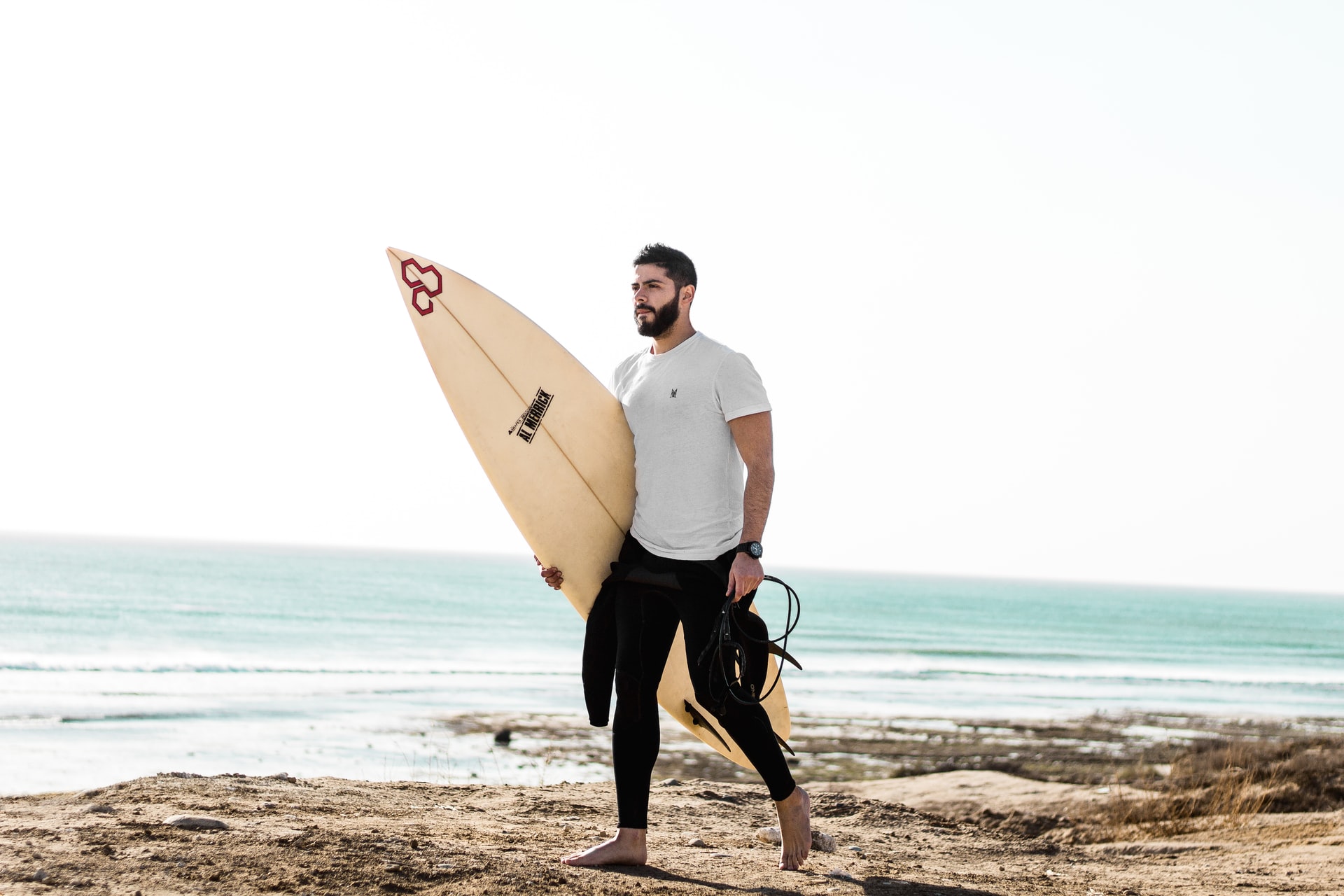
Do Surfers Have Beards? Pros & Cons You Should Know (+4 Tips)
-
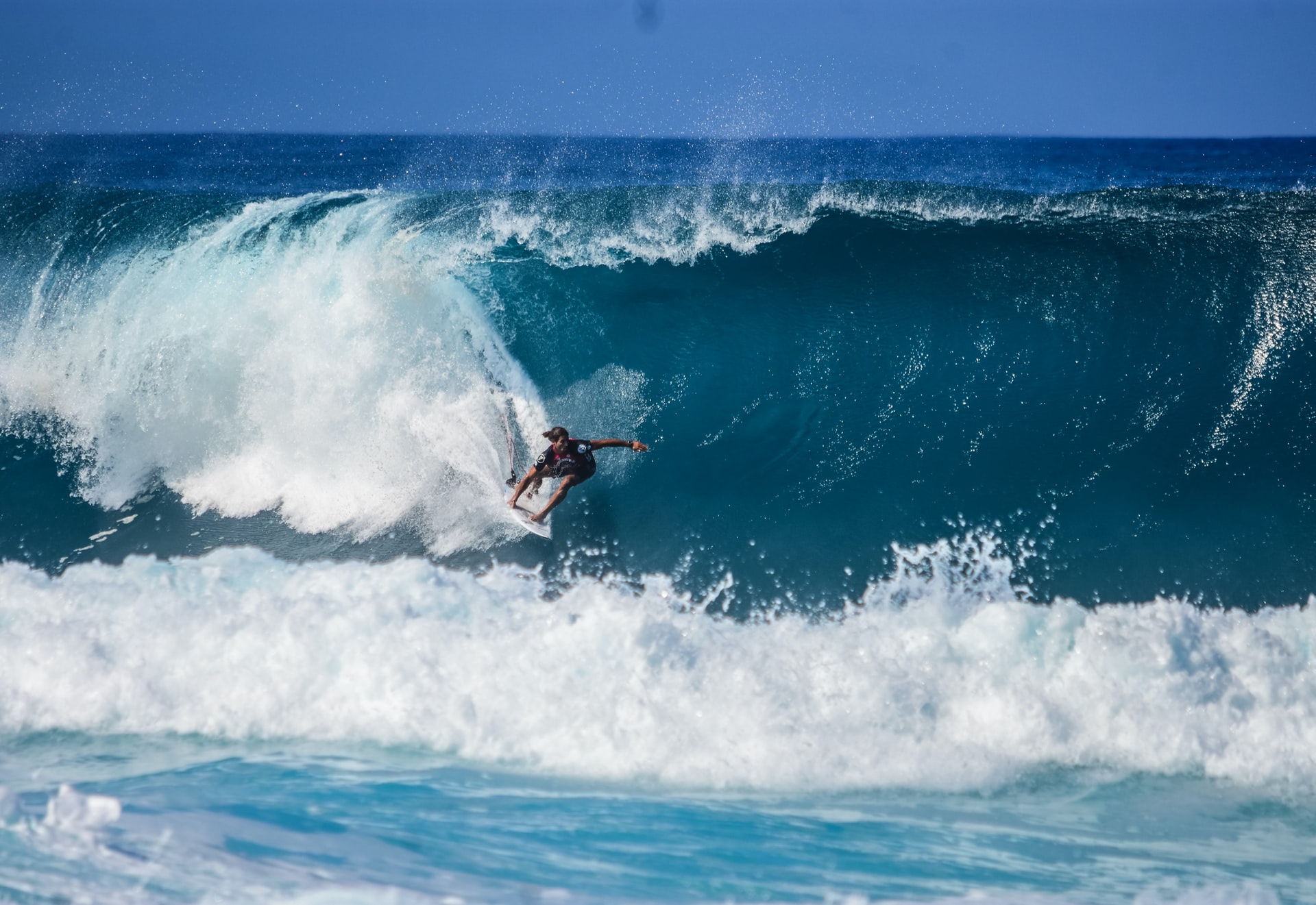
Do Surfers Like Constructive or Destructive Waves? (+Pros & Cons)
-
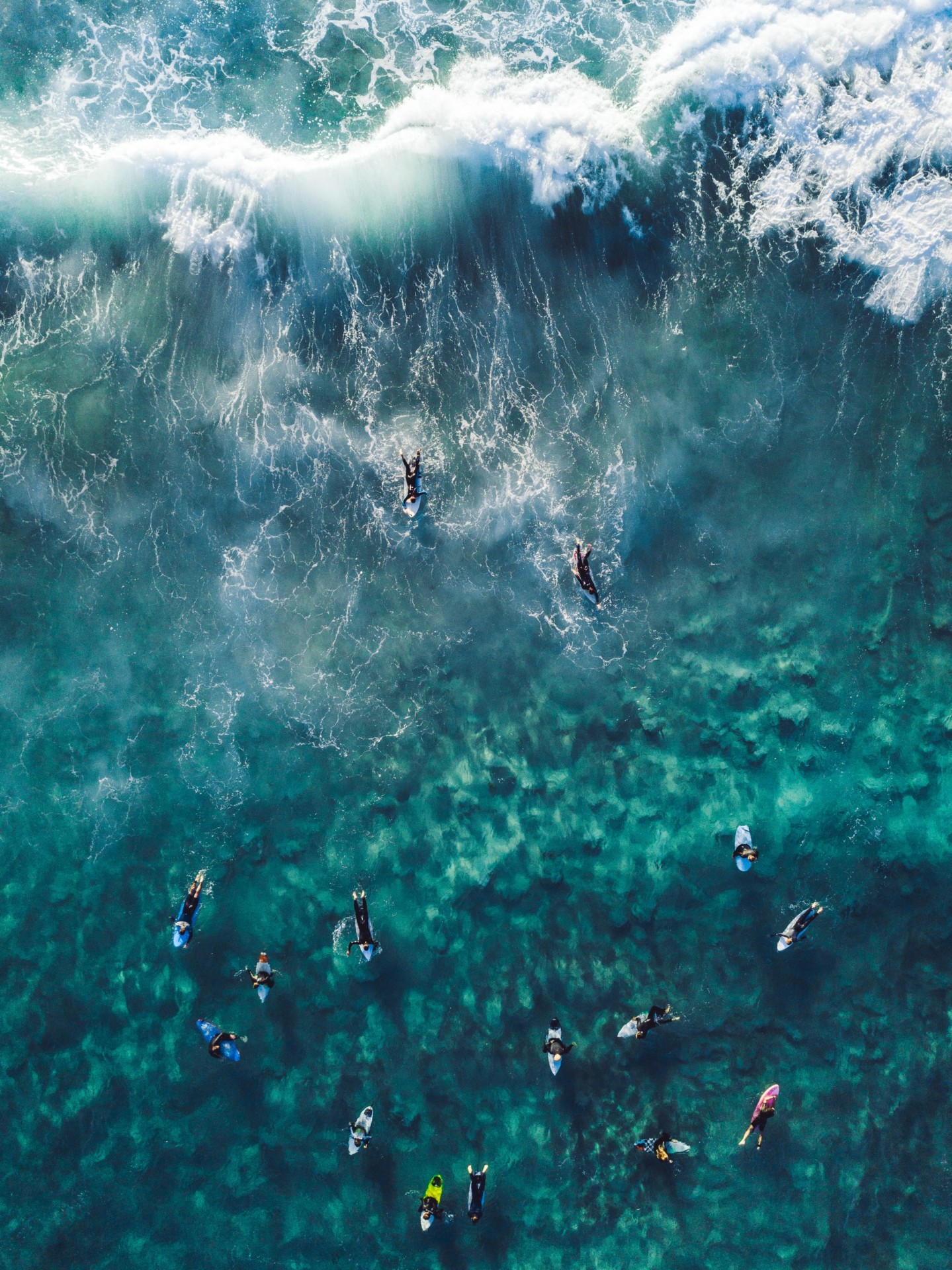
How to Surf Safely: 34 Crucial Tips (Every Surfer Should Know)
-
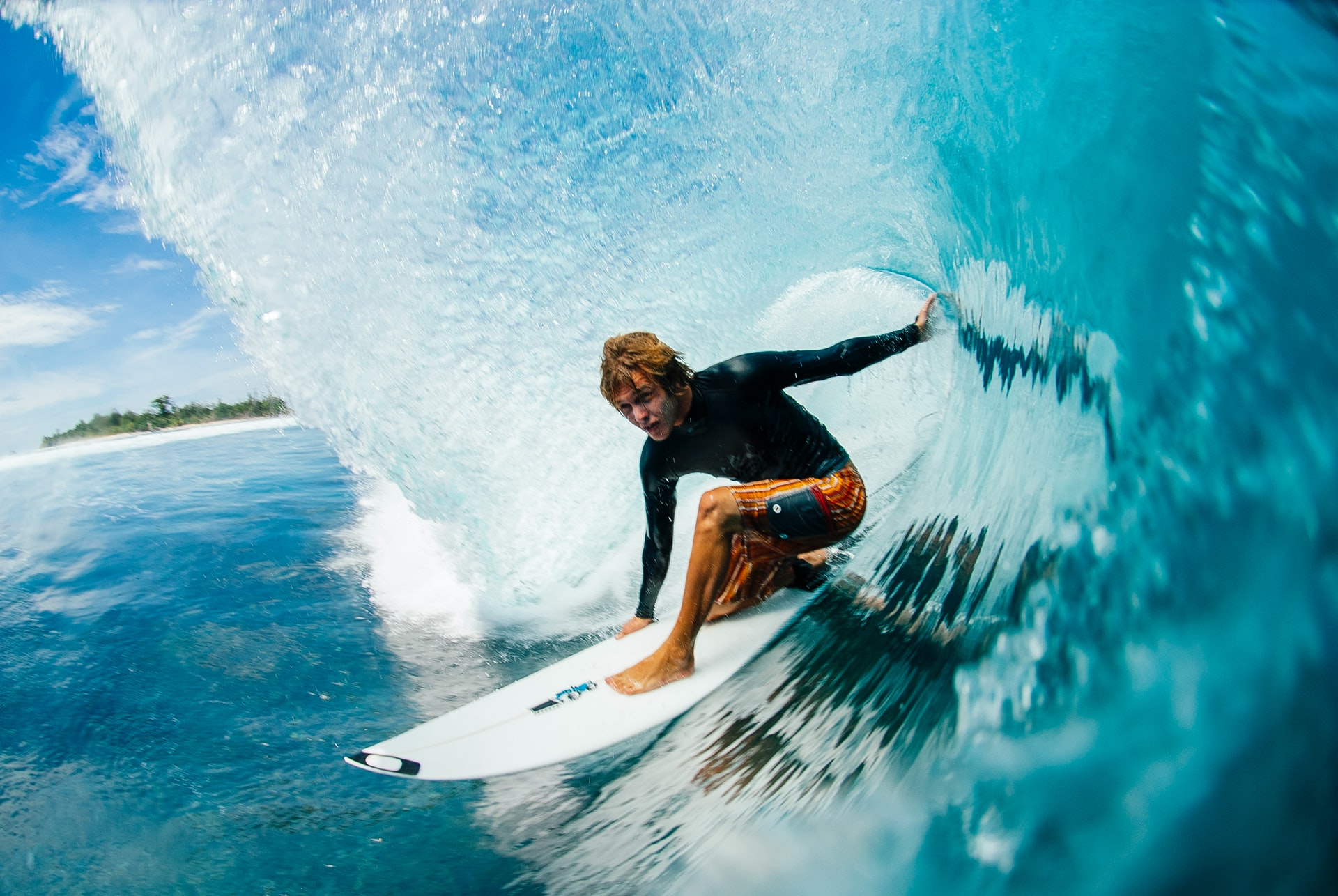
Do Pro Surfers Use Leashes? (+6 Reasons Why You Should Too)
-
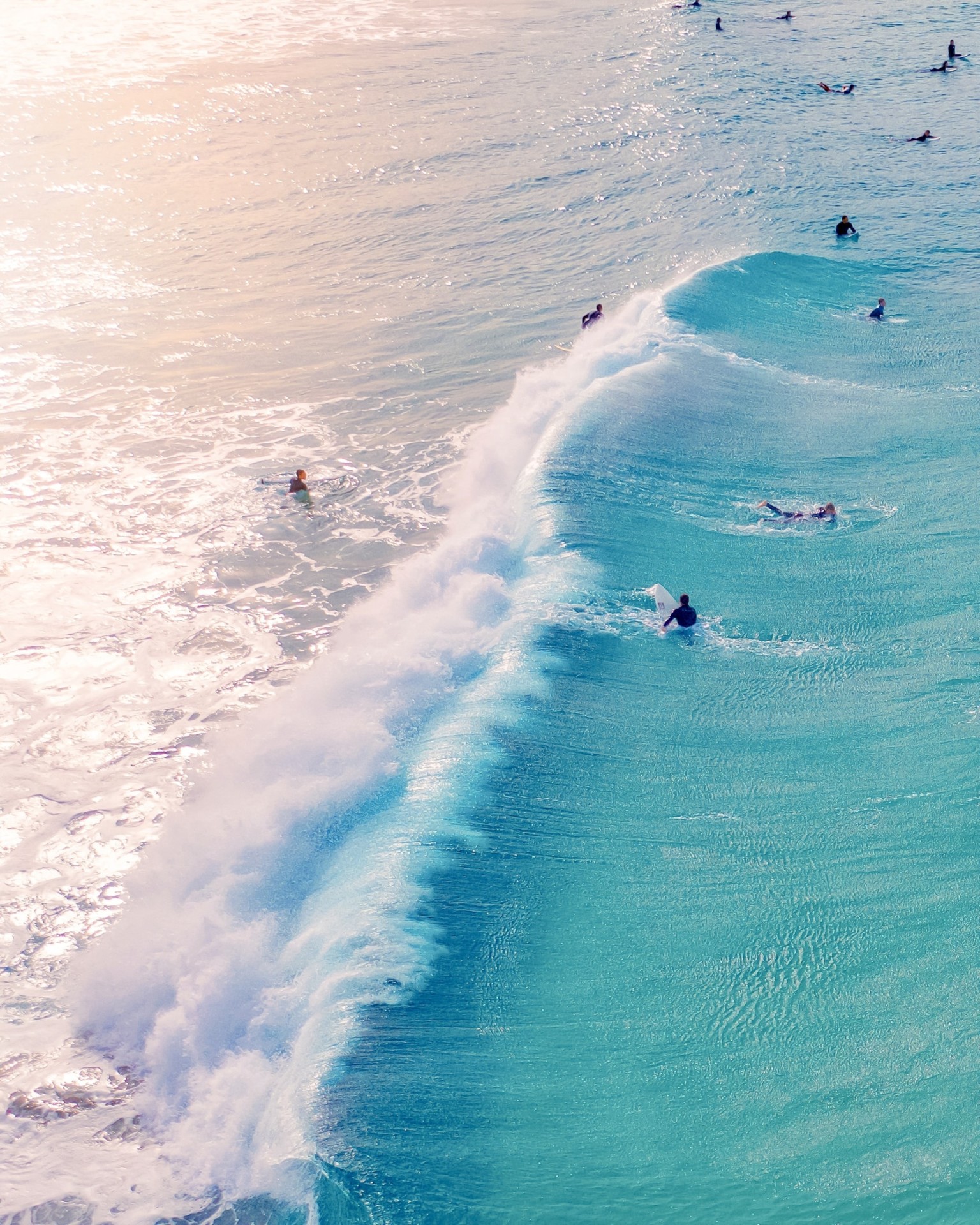
Do Many Surfers Drown? Here Are the Facts (+4 Common Reasons)
-
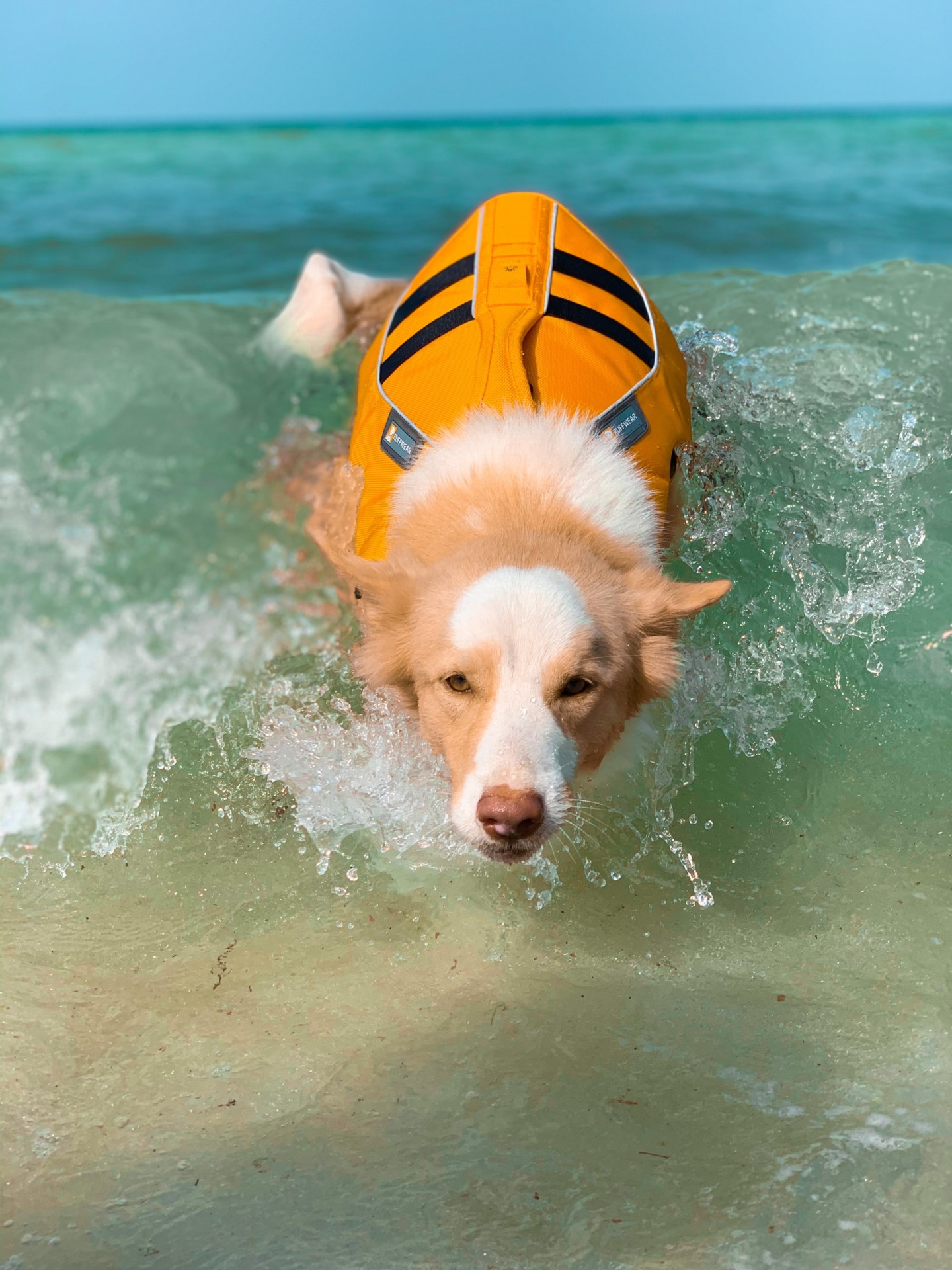
Do Surfers Wear Life Jackets? (7 Reasons Why They Don’t)
-
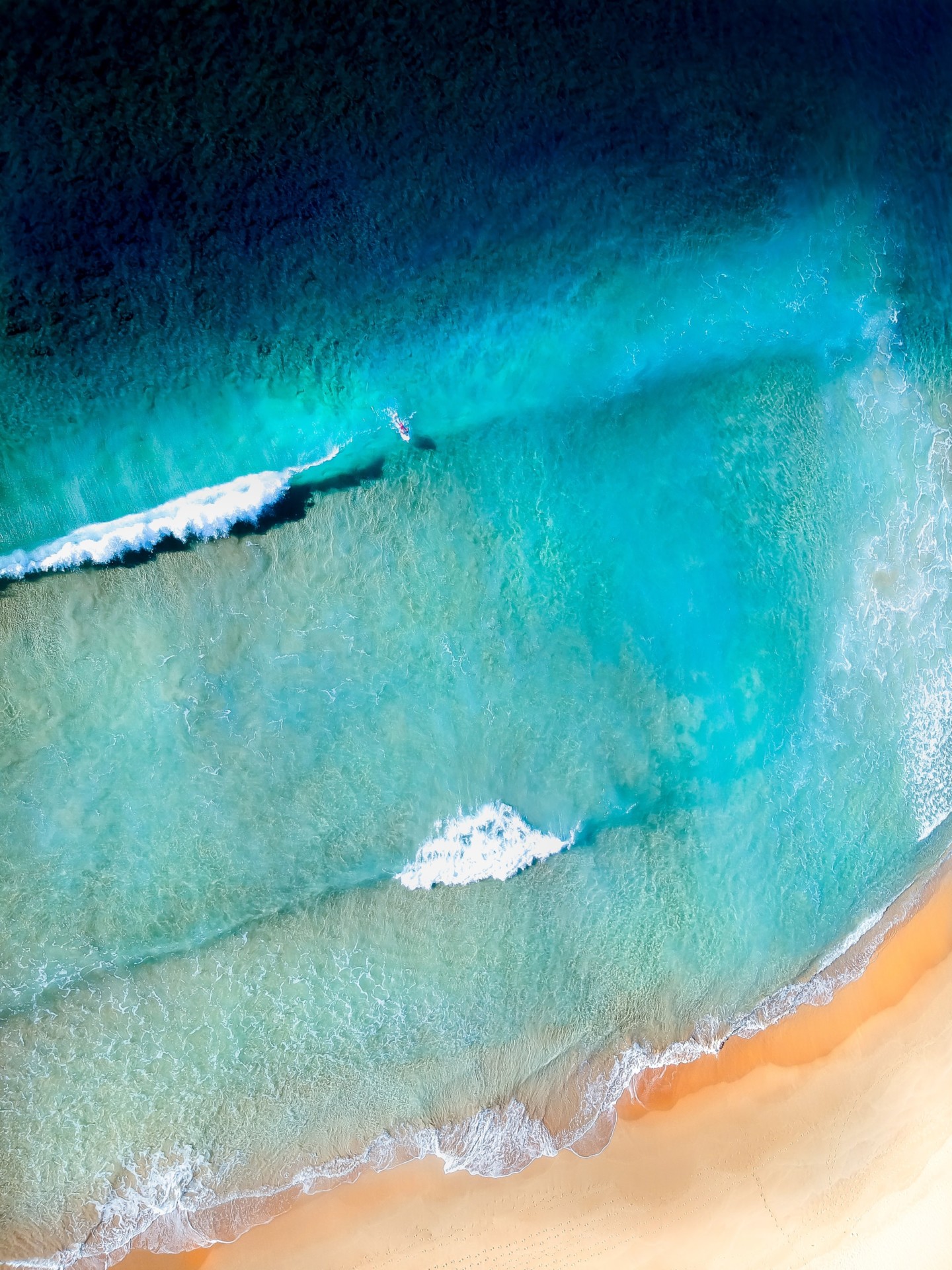
Do Surfers Like Rip Currents? (& How to Use Them Safely)








